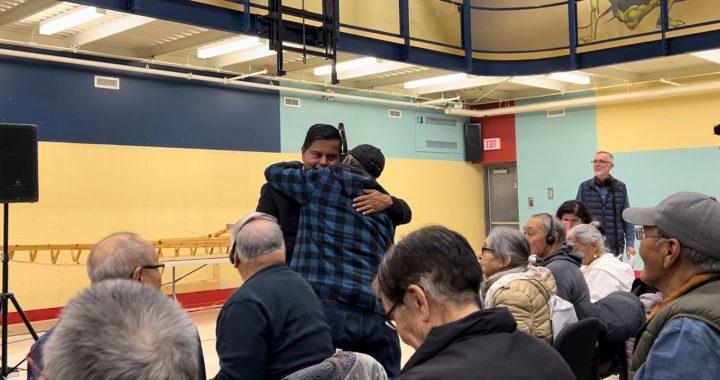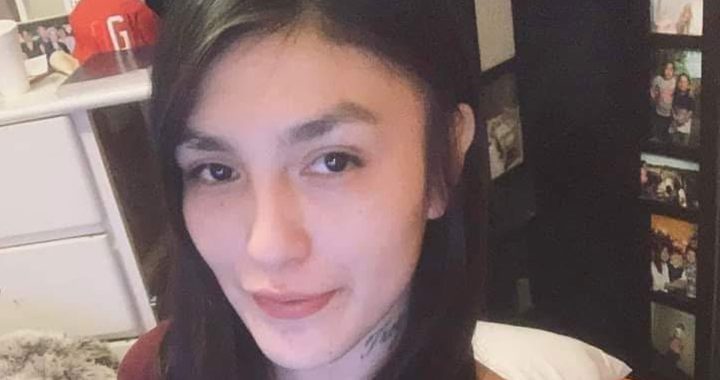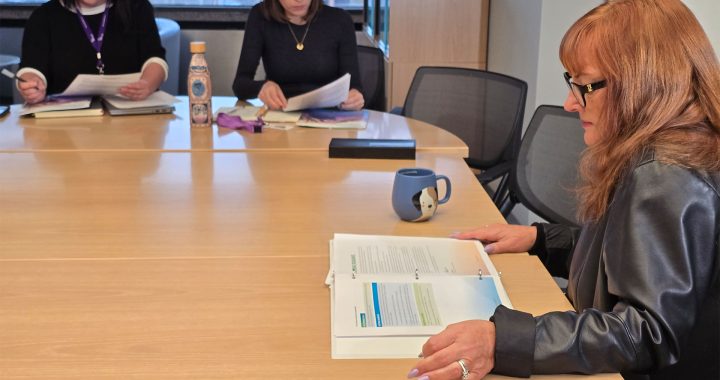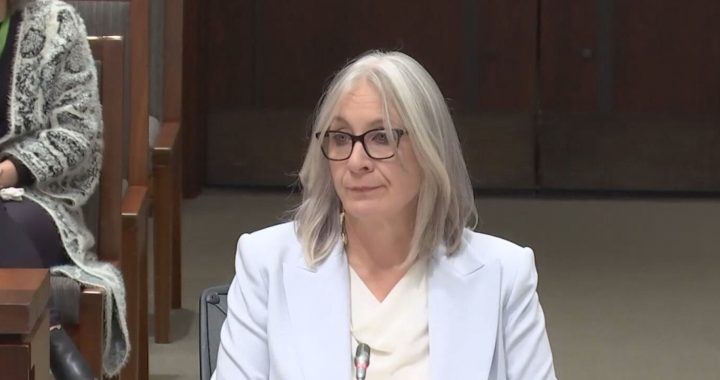The Canadian Press
Calgary’s mayor and seven chiefs in southern Alberta say a controversial sculpture along a city interchange was never meant to be Indigenous art.
Naheed Nenshi and Treaty 7 leaders have released a joint statement about the Bowfort Towers sculpture, which some critics say appears to emulate Indigenous burial scaffolding.
The steel-and-rock sculpture by New York artist Del Geist was commissioned under Calgary’s public art policy for about $500,000.
The statement says the request for proposals didn’t ask for the art to incorporate Indigenous themes, but that the city asked Geist to seek advice of a Treaty 7 traditional knowledge-keeper late in the design process.
It says when the art was unveiled, the city “may have left the impression” that the sculpture was Indigenous or Indigenous-inspired.
The statement says Geist has been building similar sculptures around the world for decades, and that the traditional knowledge- keeper did not identify Bowfort Towers as burial scaffolding when the design was reviewed.
“We therefore acknowledge that the city attempted to be respectful, but that there was a misunderstanding that has led to much discussion, debate and hard feelings,” said the statement, which was released Thursday.
“In this time of reconciliation, we believe that it is important to acknowledge what doesn’t work and to move forward with a better way, being always respectful of one another.”
The joint release calls for future art projects to include more public input, including input from Indigenous peoples.
Calgary is on land covered by Treaty 7, which was signed in 1877 between Canada and the Pikani, Kainai, Sikiska, Bearspaw, Chiniki, Wesley and Tsuu T’ina nations.
Nenshi said earlier this month that the city’s public art policy needs to change, but he also called criticism of the sculpture unfair and compared it to a “lynch mob.”
City Coun. Sean Chu, a vocal opponent of public funding for the arts, has called the sculpture “the worst kind of wasteful spending of tax dollars.”
Currently, all public art is chosen by a panel of seven members six of whom are civilian volunteers.
The statement says that for several months the public art program has been training artists on how to submit bids, and that the city has set up a committee to explore ways to share more Indigenous art.
It notes that committee was already being developed before the controversy over Bowfort Towers.
“We hope that the difficult debate over this piece will strengthen our resolve on creating a more inclusive community for Indigenous and non-Indigenous people alike.”









